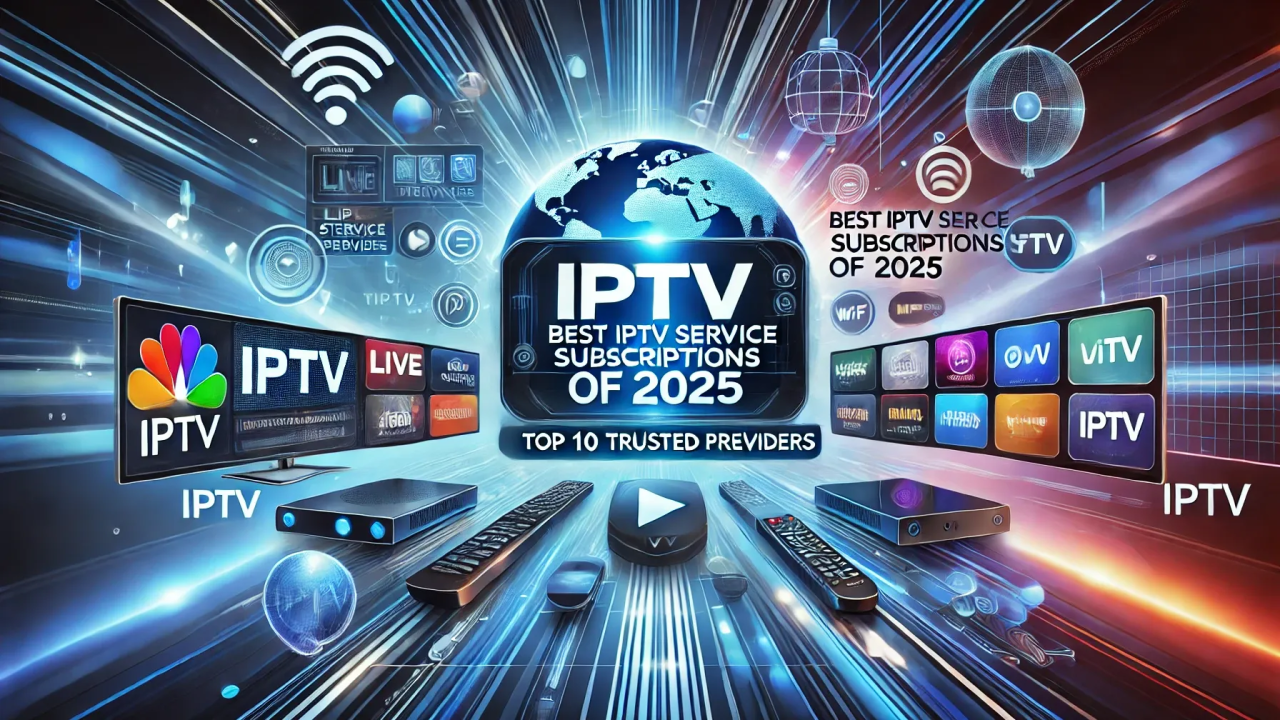The entertainment landscape has witnessed dramatic shifts in how content reaches viewers, with traditional cable and satellite services increasingly challenged by more flexible alternatives. Modern consumers seeking comprehensive entertainment solutions often Explore XtremeHD 4K IPTV Uk as cost-effective alternatives to conventional broadcasting models. This transition reflects fundamental economic transformations in content distribution that create substantial pricing advantages while expanding content accessibility across diverse viewer demographics.
Streamlined distribution infrastructure
Traditional television distribution requires extensive physical infrastructure investments, including satellite networks, cable systems, and specialized receiving equipment. These capital-intensive networks necessitate substantial ongoing maintenance costs that ultimately transfer to subscriber fees. In contrast, IPTV services utilize existing internet infrastructure, eliminating the need for dedicated distribution networks and associated costs.
This infrastructure difference fundamentally transforms the economics of content delivery. Rather than maintaining proprietary distribution systems, IPTV providers leverage the internet as a universal transport medium that continuously improves through investments from multiple industries. The shared nature of this infrastructure spreads development and maintenance costs across the entire digital economy instead of burdening entertainment subscribers exclusively.
Flexible subscription models
IPTV services pioneer subscription approaches that align more precisely with individual viewing patterns than traditional broadcasting’s rigid package structures. Instead of requiring comprehensive channel bundles that include substantial unwanted content, many providers offer tiered options, or specialized packages focused on specific content categories, allowing viewers to pay only for programming that matches their interests.
This customization contrasts sharply with conventional models where sports programming, premium entertainment, and basic channels bundle together regardless of individual preferences. The disaggregation of content into purpose-specific packages creates natural price differentiation, allowing cost-sensitive viewers to select appropriately scaled options while maintaining premium alternatives for those desiring comprehensive libraries.
The subscription flexibility extends beyond content selection to include variable commitment periods. While traditional services typically require annual contracts with significant early termination penalties, many modern providers offer monthly subscription options without long-term commitments. This temporal flexibility allows viewers to adjust services based on seasonal preferences or financial circumstances without penalty, further enhancing affordability through alignment with individual needs.
Reduced overhead operating models
Operational structures significantly influence service pricing, with many IPTV providers adopting streamlined approaches that minimize administrative overhead. These efficient models typically feature the following:
- Automated subscription management systems requiring minimal personnel intervention
- Digital-first customer service approaches utilizing chatbots and knowledge bases
- Self-service account management tools reducing support requirements
- Direct electronic billing eliminates paper processing and postage expenses
- Targeted marketing through digital channels instead of broad traditional advertising
These operational efficiencies create substantial cost advantages compared to traditional providers burdened with extensive physical infrastructure, retail locations, equipment installation teams, and large customer service departments. The reduced overhead allows equivalent service delivery at lower prices while maintaining sustainable business operations.
For cost-conscious viewers, these structural advantages translate directly to subscription affordability. Services operating with stripped-down organizational models can maintain competitive pricing while delivering comparable content libraries and streaming quality to larger, more administratively complex competitors.
Affordability of modern IPTV services stems from fundamental structural advantages rather than unsustainable pricing strategies. By leveraging existing infrastructure, adopting flexible business models, aggregating global audiences, streamlining operations, and implementing technological efficiencies, providers create legitimately sustainable cost advantages that benefit viewers through reduced subscription fees. These structural improvements represent genuine economic evolution rather than temporary market positioning, suggesting the affordability advantages will persist as the industry matures.

